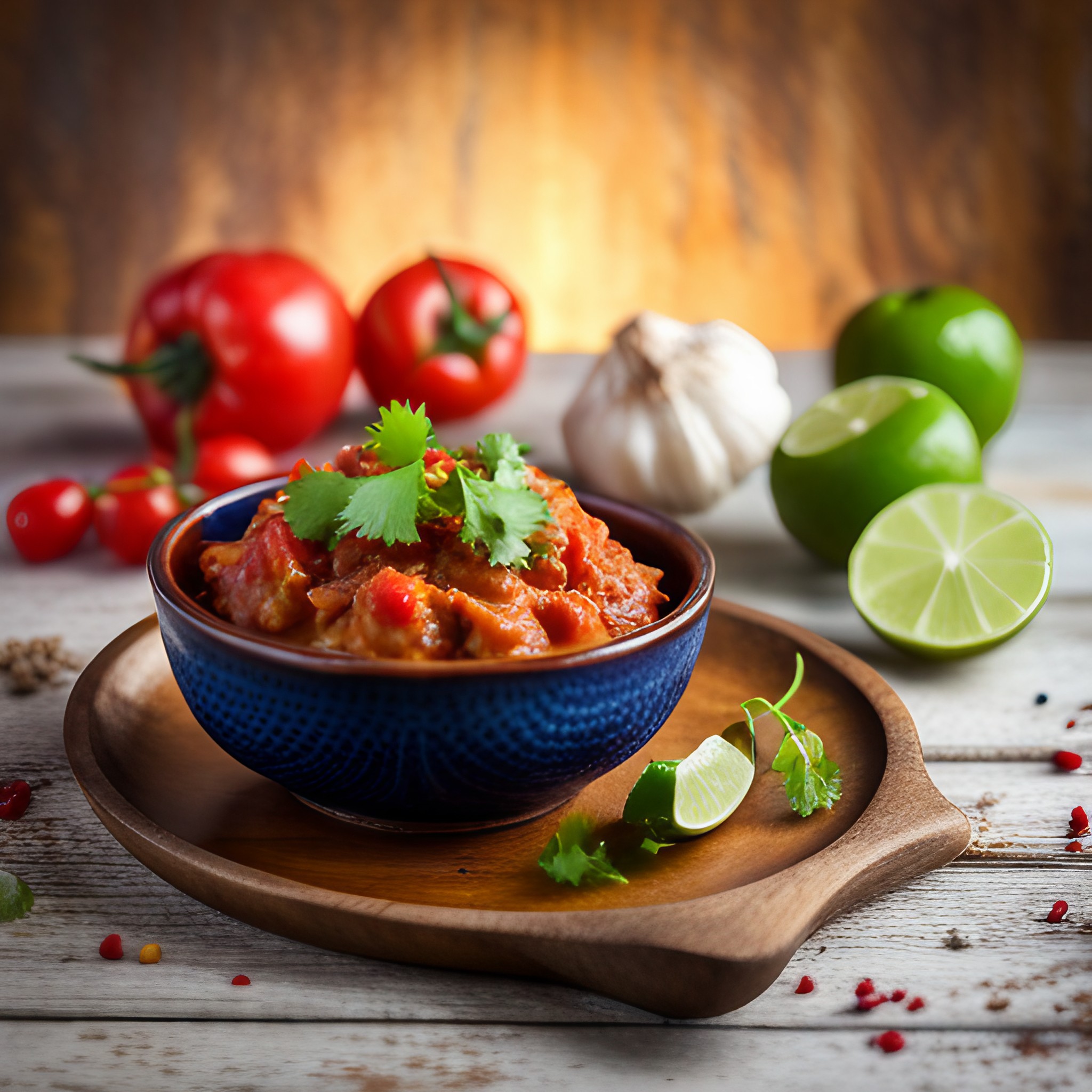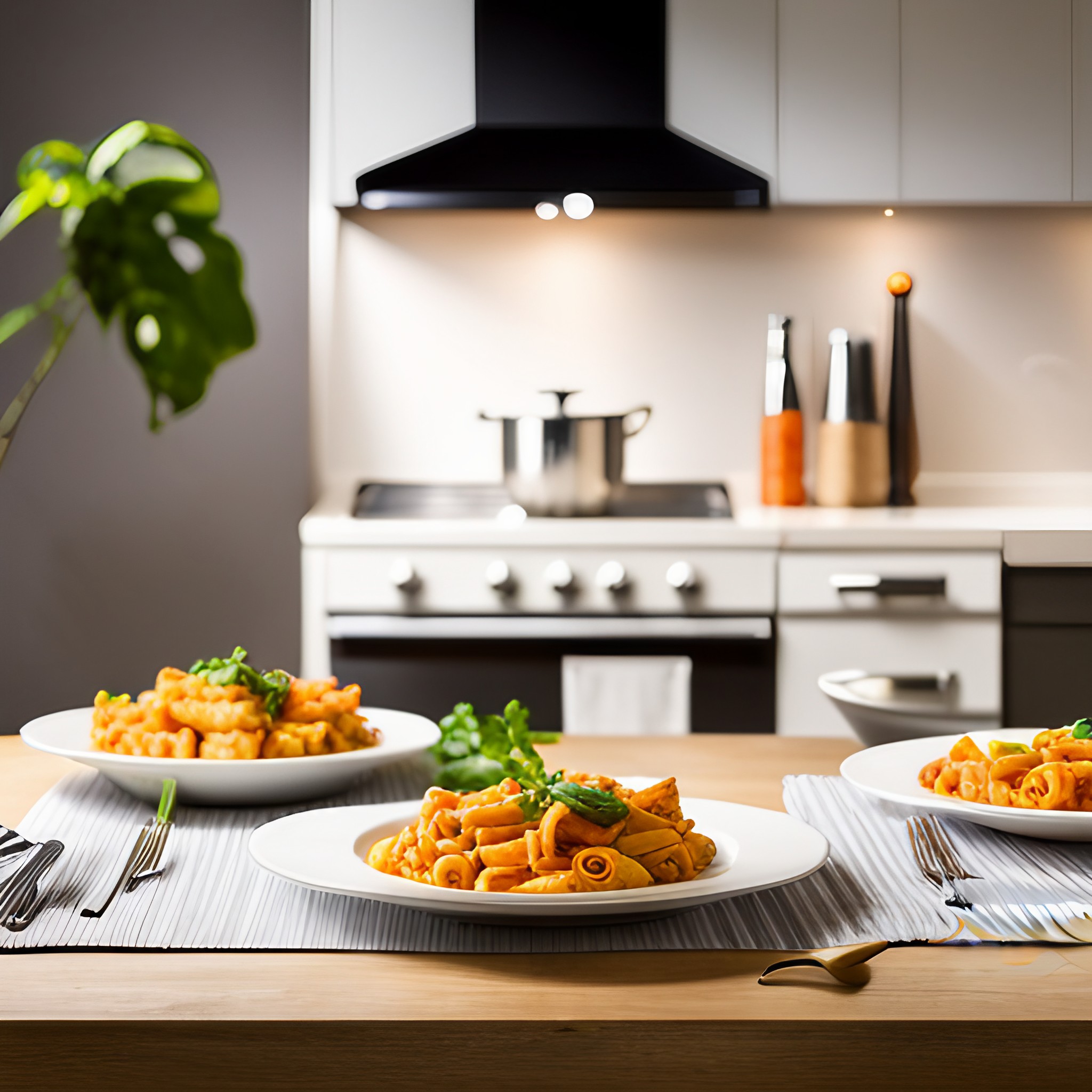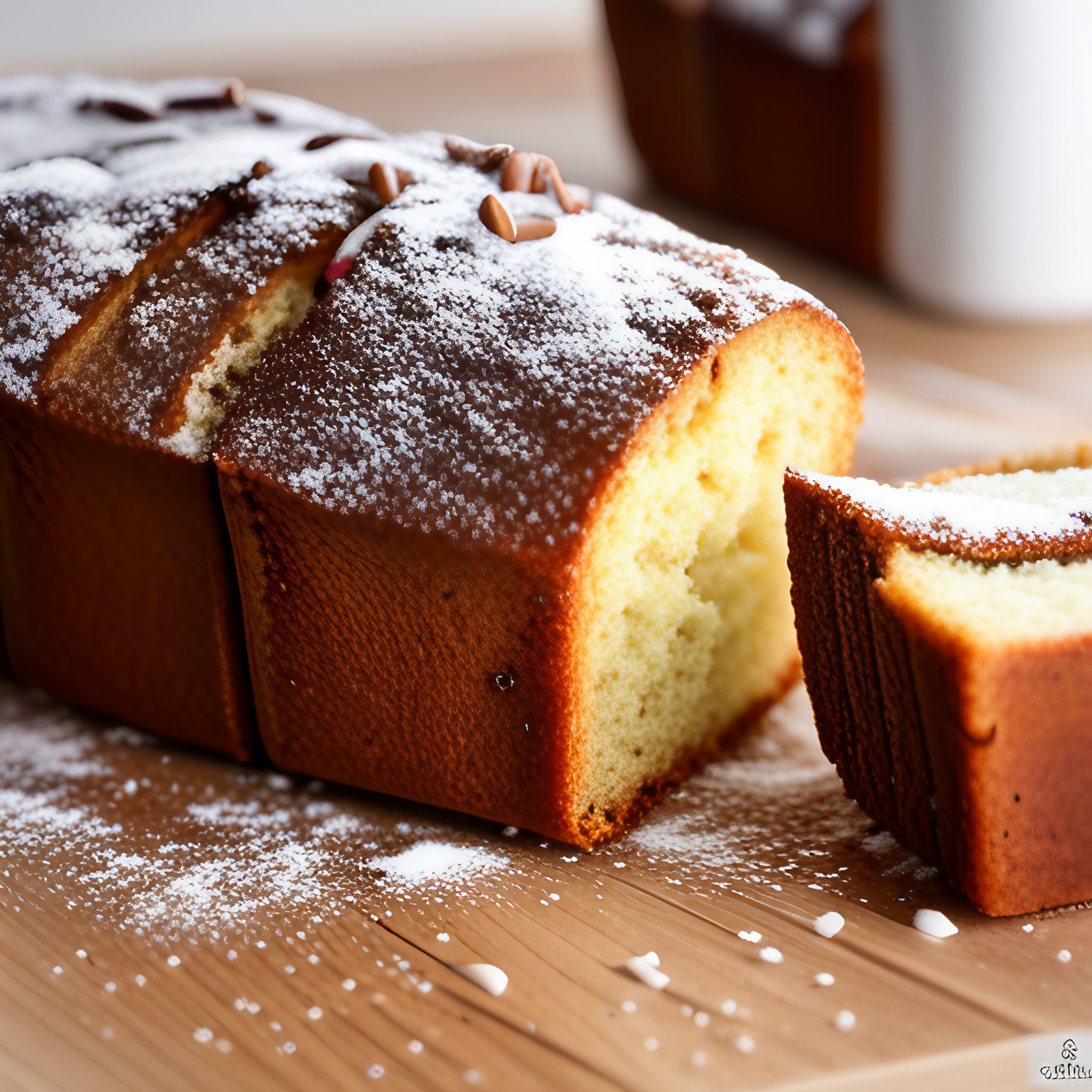If you're a food blogger or chef looking to showcase your recipes in an exciting and engaging way, then you're in luck. In this blog post, we'll be discussing how to create creative recipe videos like a pro, with tips and tricks from seasoned videomaker.
I have been creating recipe videos for years and has honed my skills to create videos that are not only visually stunning but also effectively capture the cooking process. So, let's dive into the world of videomaking and explore the rules for shooting that I recommend.

Using Three Rules for Shooting:
When it comes to creating recipe videos, I think that these three rules for shooting that are essential to creating a professional-looking video. These rules are:
- Base Coverage - capturing the entire cooking process from a distance. This allows viewers to see the entire cooking process and how all the ingredients come together.
- Close-Ups - zooming in on important details like ingredients, textures, and cooking techniques. This adds depth and detail to the video, allowing viewers to see the finer aspects of the recipe.
- Illusions - adding creative angles, props, and special effects. This can create a more visually stunning video that captures the viewer's attention.
Camera and Equipment:
You don't need to have expensive equipment to create a great recipe video. Any camera or phone app like InShot or CapCut can be used to edit. However, good lighting and camera positioning are important for a professional look. Using a tripod or gimbal can help stabilize camera movement and create a more polished look.
Lights for a recipe video
My first choice is a ring-light. Simple to use, cheap and it creates a nice glow from all angles, useful for wide shots or closeups. When you learn photography and how to set up an entire studio, you can use a couple of softboxes and LED bars to add depth to the scene.
Start simple, then add elements gradually. Every light you add to the set is equal to a certain amount of time you need to balance everything.

Audio equipment for recipe videos
Don't underestimate the audio of your videos. In these years, as TikTok and Instagram Reels are the main media for short video contents, a good audio is essential to catch the viewer's attention.
You don't need the trendy music everyone uses, you must work on an original audio that reflects your recipe. Use your voice and learn how to speak correctly. Write down a script of what you must say and when.
When you have super-clear ideas, then record your voice and sounds from the kitchen in the best way possible. I noticed that the iPhone (stereo) mics are surprisingly good. Some creators use wireless microphones (Rode or DJI models are perfect).
Capture sound effects: the knife scratching on a crispy crust, the oil when deep frying a donut, cutting and chopping vegetables on a wooden board. All these sounds are unique and can be the key to get your video become viral.

Camera Tricks:
There are various techniques that can be used to showcase the cooking process effectively. Snapping photos and creating time lapses can create an interesting and engaging video. Slow-motion shots, reverse footage, and stop-motion animation can also be used to add interest and excitement to the video.
Learn how to compose your scene to have the look you want. Timelapses can be useful to show cooking processes (i.e. a cake in the oven). I used it for speeding up the coffee spilling out of the moka for a tiramisu recipe.
If you have a macro lens, do use close-up shots. Capture the texture of your foods. Combine the light position to enhance the glaze on top of your dessert.
Back in 2017, when I started making recipe videos, I learned the importance of flat-lay videos with the camera vertically on top. Tasty by Buzzfeed was leading the way with this format, and I quickly adopted it for a local supermarket chain client here in Italy. The results were impressive - views and engagement were increasing every day. It just goes to show how important the little details can be when it comes to creating content that stands out on social media.

Editing Elements:
The editing process is where the video can really come together. Adding text overlays can effectively explain ingredients and measurements. Some creators, though, may choose to omit on-screen measurements for a less distracting viewing experience, others may include them for clarity.
Regardless of the editing choices, it's important to keep in mind the overall goal of creating engaging content.
Conclusion:
Creating an engaging and creative recipe video is all about experimentation and finding what works for you. By following the tips and tricks outlined in this blog post, you'll be well on your way to creating stunning and captivating videos that showcase your culinary creations.
So, start filming and don't be afraid to try out new techniques. And remember, creating content on social media can be both fun and challenging. With the right editing and presentation, social media can be a great platform to share your love of cooking with others.

